A Land Frozen in History
Nubia Aswan lies along the Nile River in Southern Egypt’s Aswan Governorate. This land preserves the legacy of ancient Egypt Nubians and civilizations that thrived here over 10,000 years ago. Today, travelers can explore its history through exclusive Aswan travel packages designed for those who want to walk in the footsteps of kings and pharaohs.
- Place: Nubia – Aswan
- Country: Egypt
- Governorate: Aswan Governorate, Egypt
- Age: 10,000+ years
- Population: Around 90,000
- Discovered by: Ancient Egyptians
- Famous for: Ancient Nubian civilization and rock-cut temples
- Nearby locations: Philae Temple, Elephantine Island, High Dam Lake
Cradle of Ancient Nubian Kingdoms
Archaeological finds show Nubia Aswan was inhabited as early as 7000 BC. By 2500 BC it became part of the Kerma Kingdom. Pottery, weapons, and evidence of settlements highlight the sophistication of the ancient Egypt Nubians. Many Aswan travel packages include guided tours to explore these artifacts firsthand.
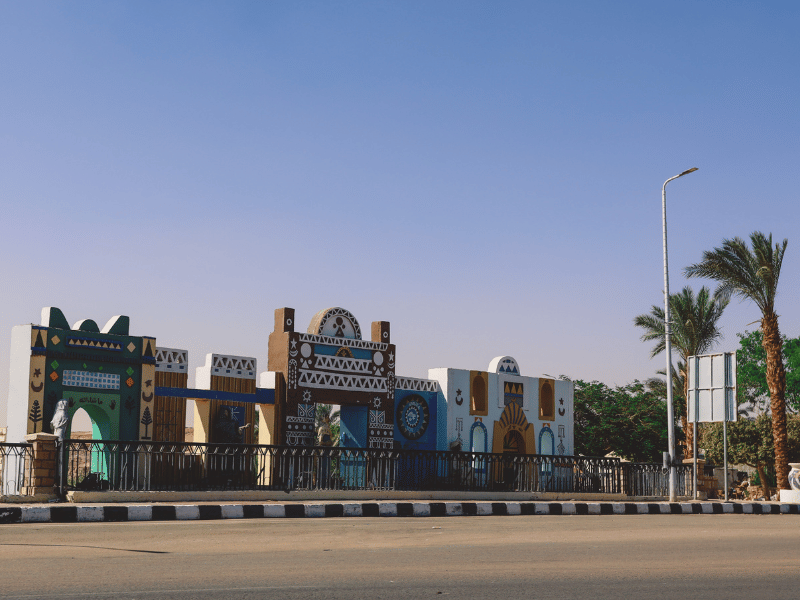
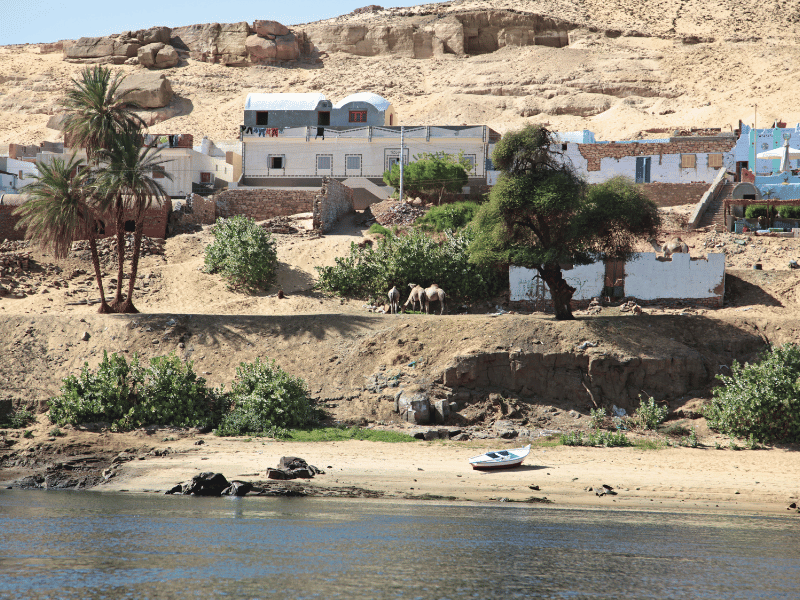
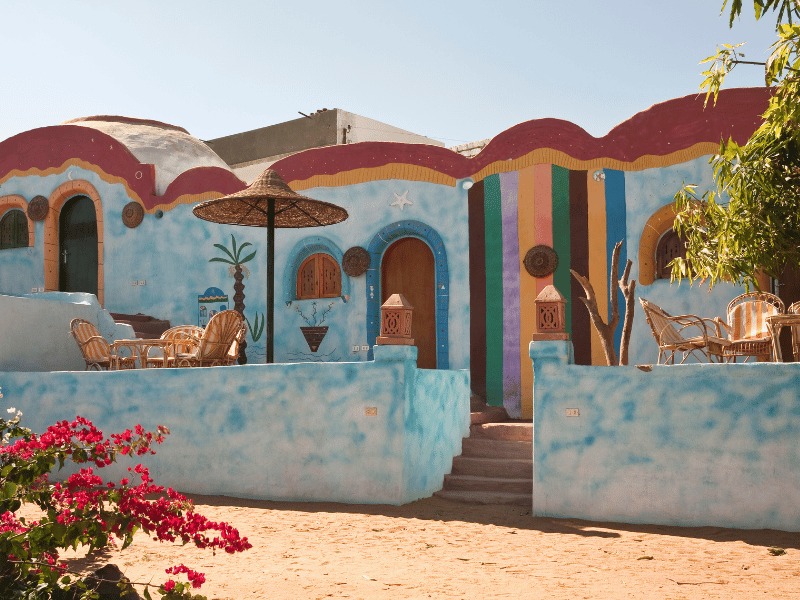
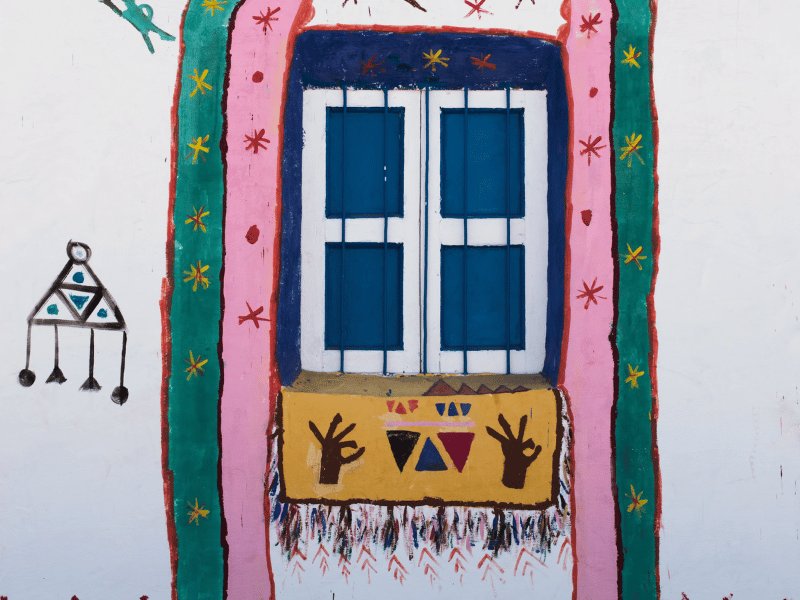
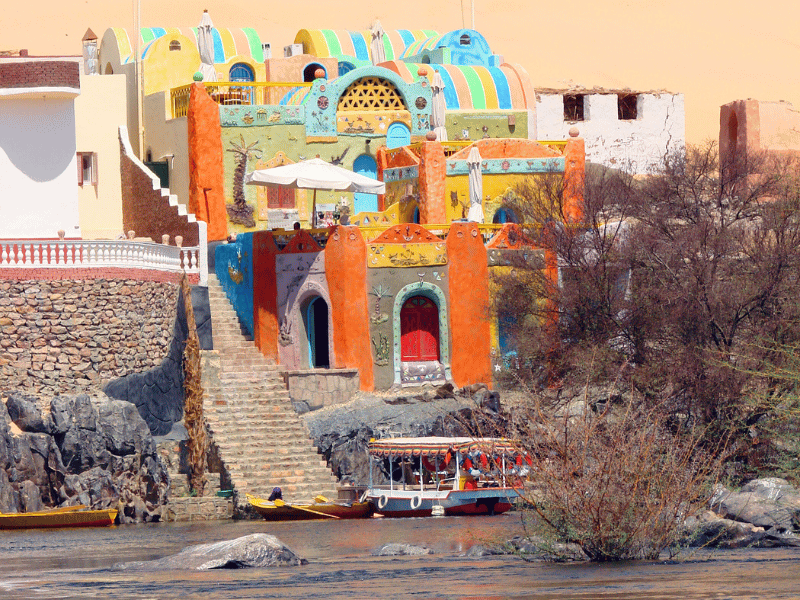

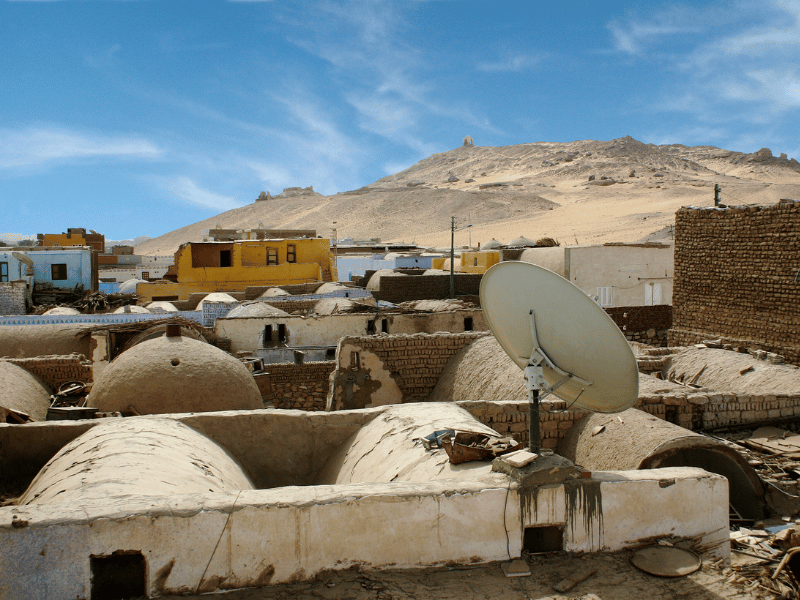
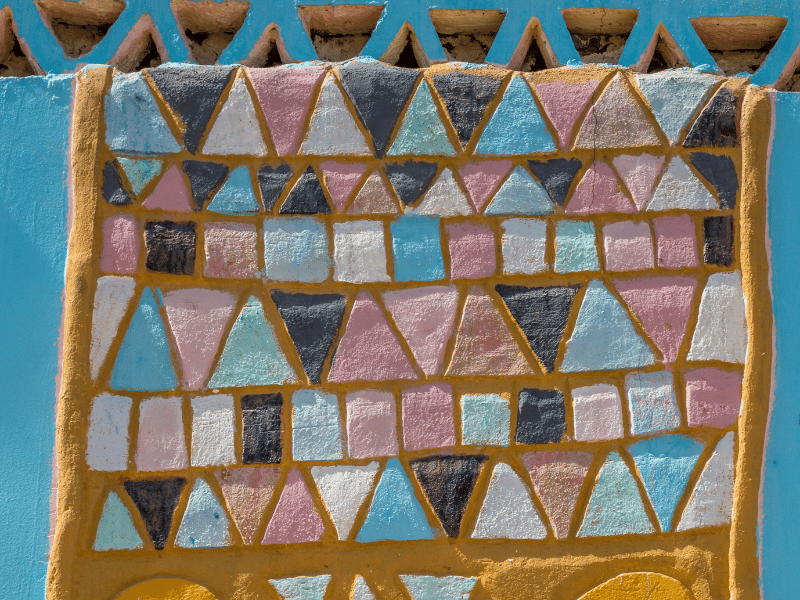
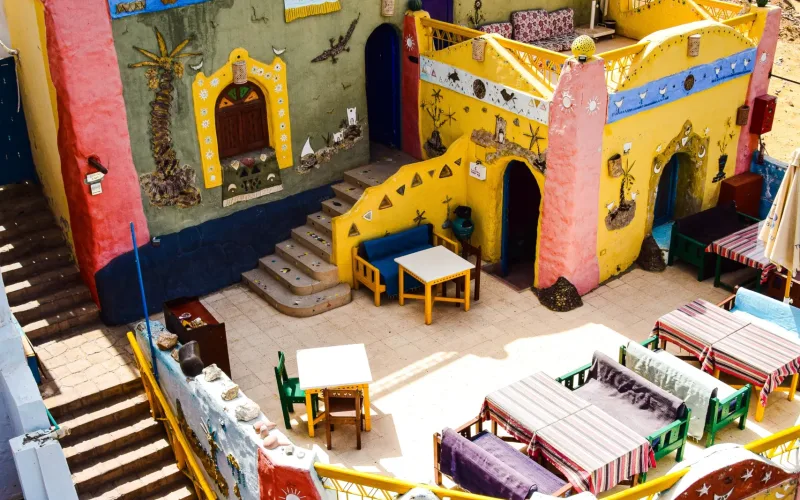
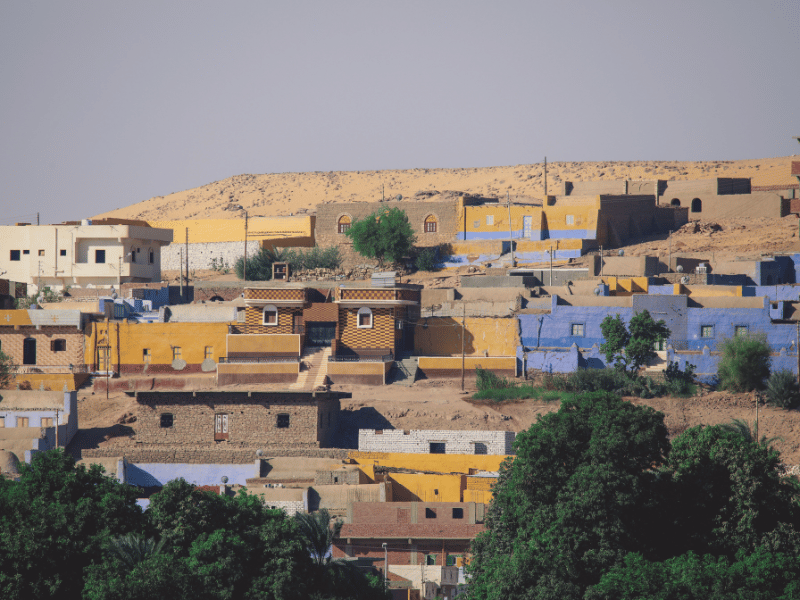
Gateway to Powerful Meroitic Empire
From 300 BC, Nubia Aswan marked the northern edge of the Meroitic Kingdom. This empire traded actively with Egypt and Rome. Today, ruins of temples and villas tell their story. Visitors booking Aswan travel packages can experience these archaeological treasures with expert guides.
Absorbed into the Ancient Egyptian Empire
Between 600 and 350 BC, Nubia Aswan came under Egyptian control. Temples and palaces built in pharaonic style still stand as proof of the integration of Nubian and Egyptian cultures. A tailored Aswan travel package ensures you see these heritage sites up close.
Roman Garrisons along the Frontier
After the fall of Meroe, Romans built garrisons in Nubia Aswan to guard the Nile trade. Some remains are still visible today. Travelers can include these stops in their Aswan travel packages for a complete historical journey.
Islamic Era Construction Boom
From 641 AD onward, the region adopted Arabic language and culture. Mosques and palaces mixed Nubian, Egyptian, and Meroitic influences. This architectural fusion is a highlight in many Aswan travel packages.
Rediscovery and Preservation Efforts
The building of the Aswan High Dam threatened many ancient sites. International teams relocated monuments, saving them from being submerged. Now, visitors booking Aswan travel packages enjoy access to these preserved wonders.
Ancient Nubian Temples Frozen in Time
The Great and Small Temples of Abu Simbel, Kalabsha, and Derr stand as symbols of ancient Egypt Nubians. Their carvings and statues leave visitors in awe. Many Aswan travel packages include guided day trips to these temples.
Philae Temple - Gem of Egyptian Architecture
Philae Temple, dedicated to Isis, is one of the last active pagan temples of Egypt. Relocated to higher ground, it’s now a UNESCO World Heritage Site. It is a highlight in almost every Aswan travel package.
Elephantine Island - Crossroads of Cultures
Elephantine Island blends Nubian, Egyptian, Greek, and Roman heritage. Visitors can walk among ruins and palm groves while learning about its layered history. Customized Aswan travel packages often include a stop here.
Aswan - Gateway to Ancient Nubia
Modern Aswan, once Syene, is both a cultural hub and a starting point to explore ancient Egypt Nubians. Souks, cruises, and Lake Nasser views make it the perfect base. Choosing the right Aswan travel package ensures you combine history with comfort.
An Eternal Land Steeped in History
From ancient Nubian temples to Islamic mosques, Nubia Aswan preserves over 10,000 years of civilizations. Exploring it with tailored Aswan travel packages travel Joy offers you more than sightseeing—it’s a chance to experience the living history of Egypt.











